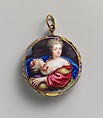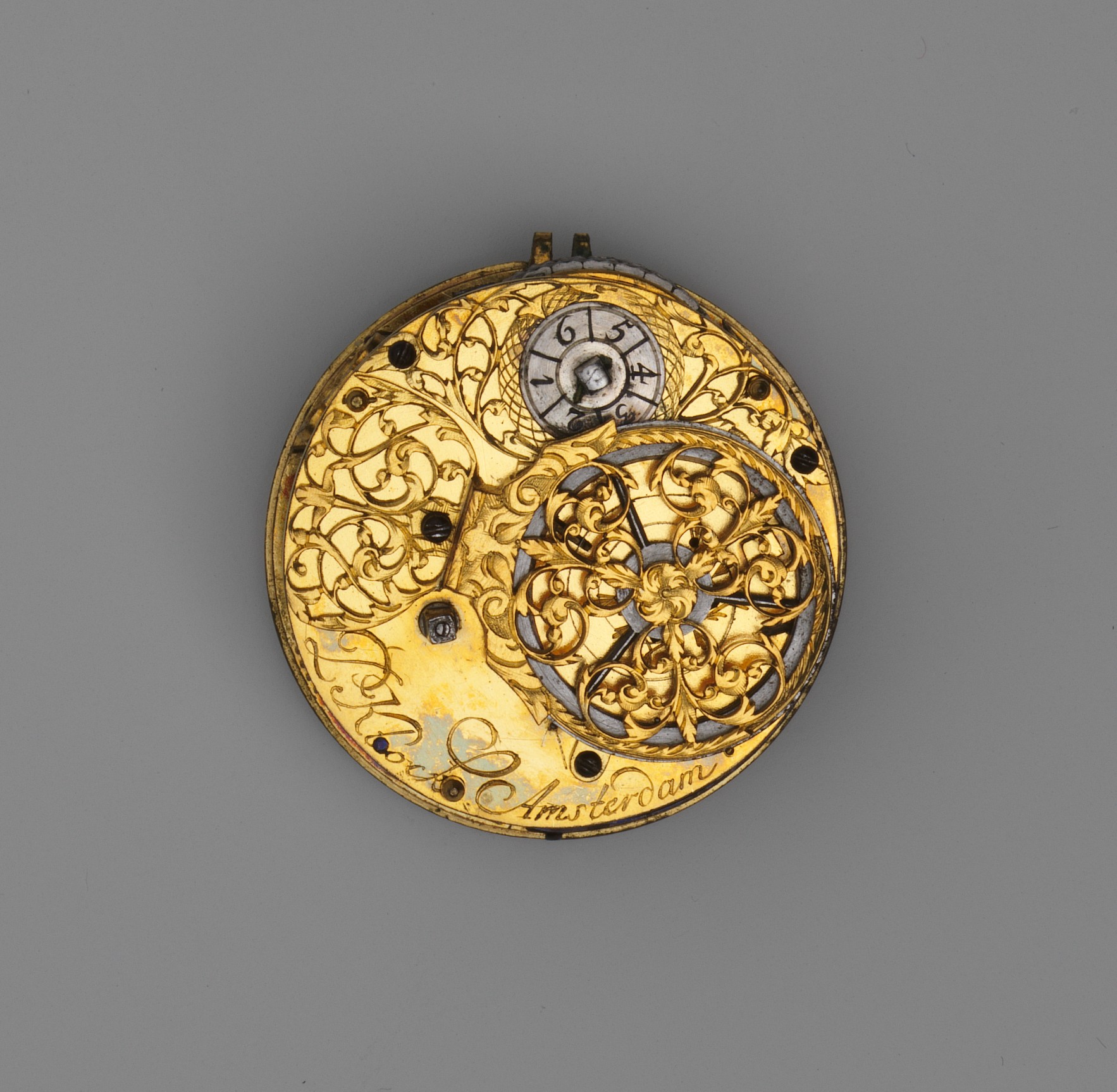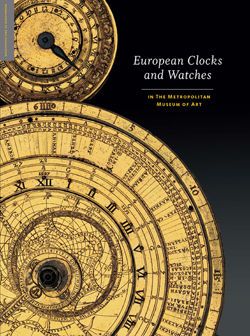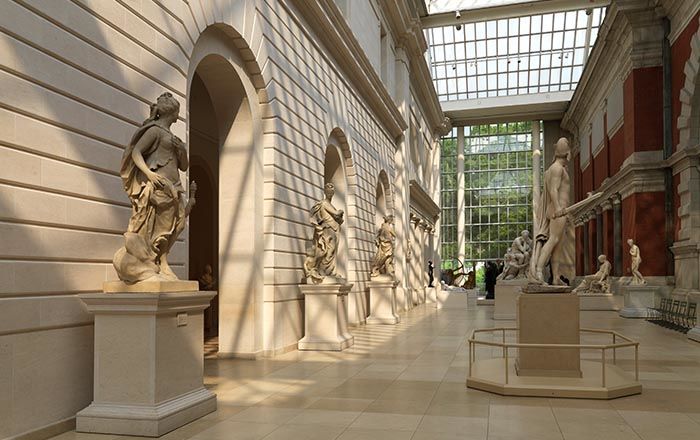Watch
Watchmaker: Pieter Klock Dutch
Case maker: Jean-Pierre Huaud, known as the younger Huaud Swiss
Case maker: Amy Huaud Swiss
Not on view
Jean-Pierre and Amy Huaud went into partnership in Geneva in 1682, but worked in Berlin from 1686 until 1700. When working together, they often signed their enamels in the way found on this watchcase: Les deux frères Huaut les jeunes. In 1700, they returned to Geneva, where they made watchcases for export. One of the Huauds' more popular designs, this enamel illustrates the story of Roman Charity as recounted in Book IX of De factis dictisque memorablilis by the Roman historian Valerius Maximus. As a representation of filial piety, it was well-known in seventeenth- and eighteenth-century Europe, and it was the subject of many paintings, including several by Peter Paul Rubens. The origin of the version used by the Huauds is not known, and the female figure of Pero, who breastfed her incarcerated father, Cimon, in order to save him from starvation, may in fact have recorded a living model. This example was supplied to one of the best Amsterdam watchmakers, who added the movement, bezel, and glass, probably for a Dutch client with a preference for painted enamels and pretty women.
This image cannot be enlarged, viewed at full screen, or downloaded.
This artwork is meant to be viewed from right to left. Scroll left to view more.





